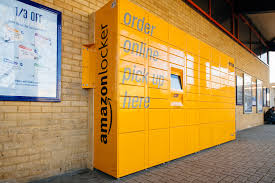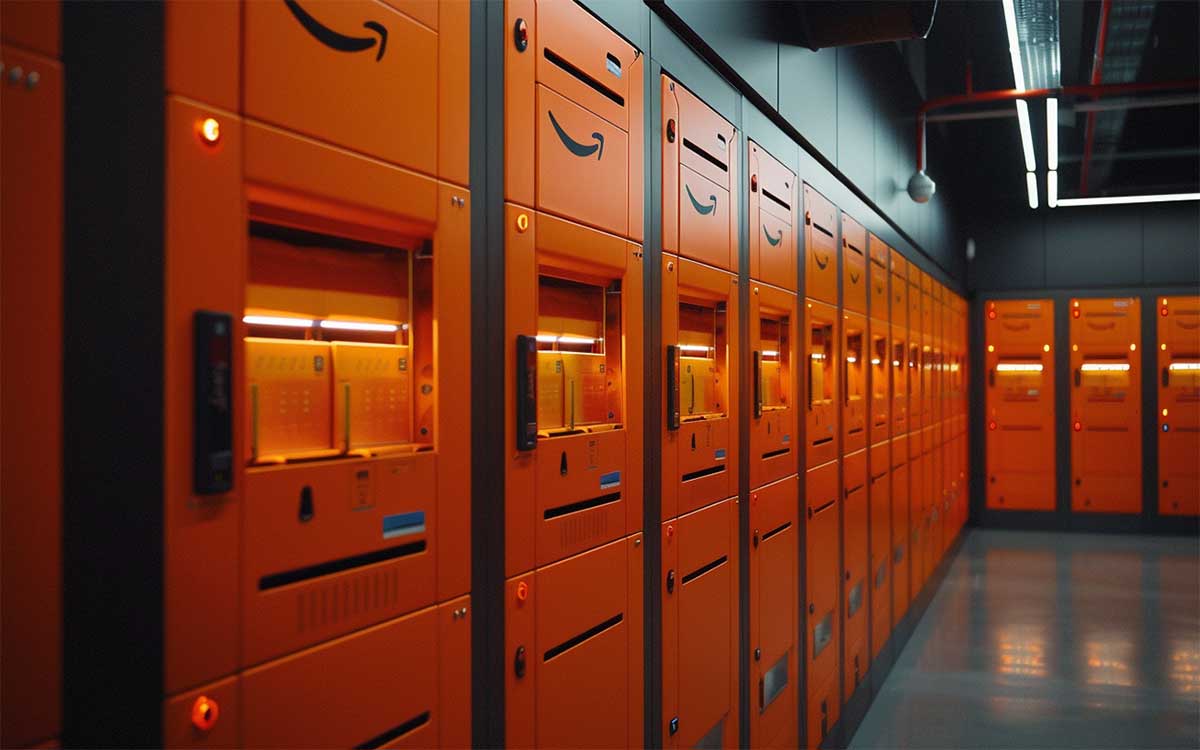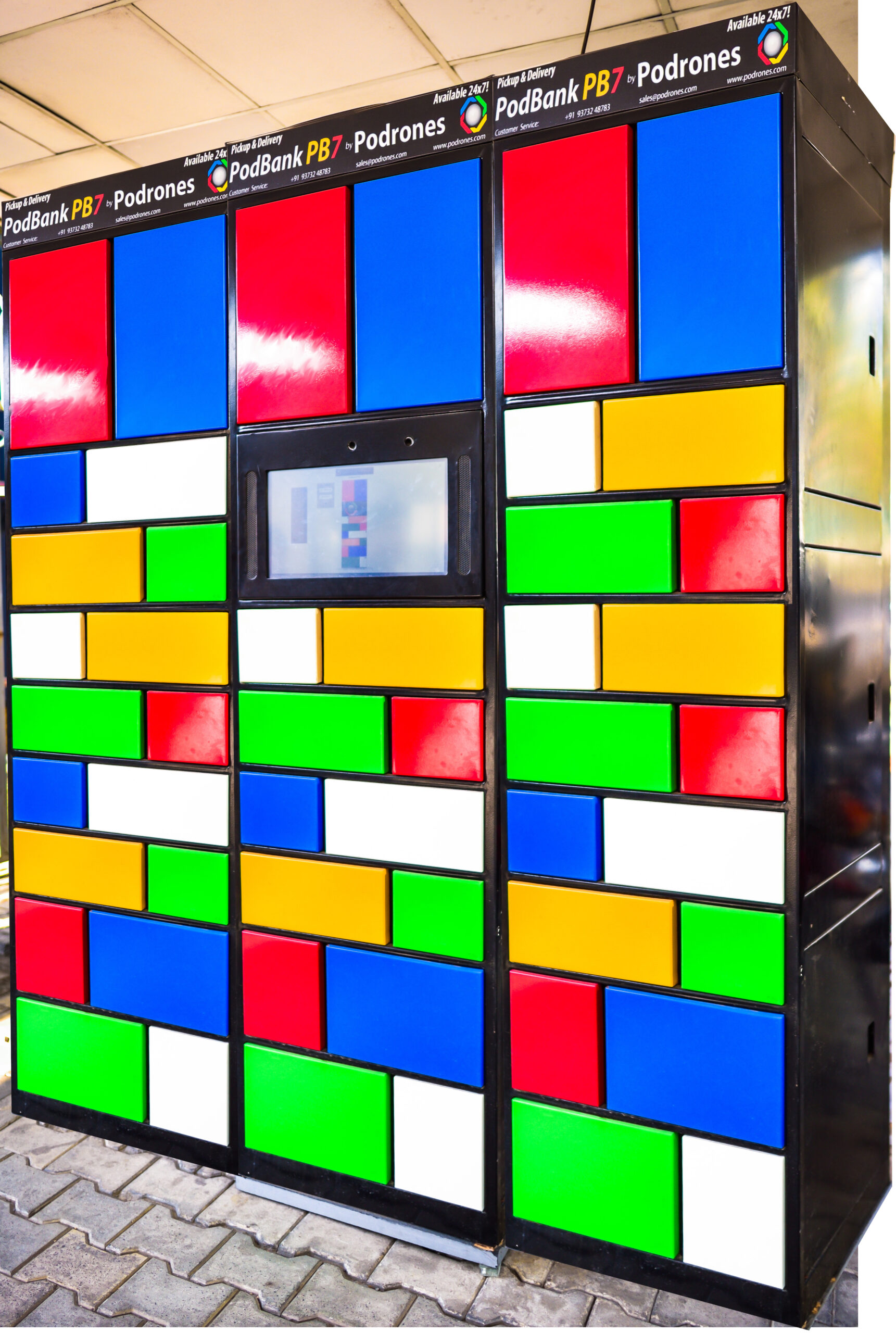Amazon Parcel Lockers: A Convenient Solution for Secure Deliveries
A Brief History of Amazon Parcel Lockers
In 2011, Amazon launched its Locker program in New York City, Seattle, and London to address the growing challenges of last-mile delivery, such as missed deliveries and package theft. The concept was simple yet innovative: provide secure, self-service kiosks where customers could pick up their packages at their convenience. By June 2018, Amazon Lockers had expanded to over 2,800 locations across 70+ cities, reflecting the rapid growth of e-commerce and the need for efficient delivery solutions. The COVID-19 pandemic further accelerated their adoption, as contactless delivery became a priority. Today, Amazon Lockers are a cornerstone of the company’s logistics strategy, integrated into locations like Whole Foods, 7-Eleven, and apartment complexes.[](https://en.wikipedia.org/wiki/Amazon_Locker)[](https://package-tracker.getcircuit.com/blog/how-do-amazon-lockers-work)
What Are Amazon Parcel Lockers?
Amazon Parcel Lockers are automated, self-service kiosks designed for secure package delivery and pickup. They allow customers to retrieve their Amazon orders at a time and place that suits them, eliminating the need to wait for home deliveries. Available in various formats, including Amazon Hub Lockers (standard kiosks), Amazon Hub Apartment Lockers (for residential buildings), and Amazon Hub Locker+ (staffed locations for larger packages and returns), these lockers cater to diverse needs. They’re typically found in convenient spots like grocery stores, pharmacies, gas stations, and transit hubs.[](https://package-tracker.getcircuit.com/blog/how-do-amazon-lockers-work)[](https://www.aboutamazon.com/news/operations/how-to-use-amazon-locker)
How to Use Amazon Parcel Lockers
Using an Amazon Locker is straightforward and user-friendly. Here’s a step-by-step guide:
1. Choose a Locker at Checkout: When shopping on Amazon, select a Locker as your delivery address. You can search for a nearby Locker by entering your zip code or address. Add the Locker to your address book for future use.
2. Receive Delivery Confirmation: After placing your order, you’ll get a confirmation email. Once the package arrives at the Locker, Amazon sends another email with a unique six-digit pickup code, a barcode, and instructions. You have three calendar days to collect your package.
3. Visit the Locker: Go to the Locker location during its operating hours. Enter the pickup code on the touchscreen or scan the barcode using the Locker’s scanner. For some Lockers, you can use the Amazon Shopping app with Bluetooth enabled to open the compartment.
4. Retrieve Your Package: The assigned Locker slot will open, allowing you to collect your package. If you’re unable to pick it up, you can forward the confirmation email to someone else to retrieve it for you.
5. Returns (if applicable): Select Lockers also accept returns. Follow Amazon’s return process, choose a Locker location, and drop off the package using the provided instructions.
**Note**: Not all items are eligible for Locker delivery. Packages must weigh less than 10 pounds, have dimensions under 16 x 12 x 14 inches, and be sold or fulfilled by Amazon. If a Locker is full, you’ll need to select another location.[](https://www.amazon.com/gp/help/customer/display.html?nodeId=GRQMENKQV9RQ6BWF)[](https://www.aboutamazon.com/news/operations/how-to-use-amazon-locker)
Benefits of Amazon Parcel Lockers
– Convenience: Pick up packages 24/7 (depending on location hours), ideal for busy professionals or those with unpredictable schedules.
– Security: Lockers eliminate the risk of porch piracy, a concern for 36% of online shoppers who’ve experienced package theft.[](https://parcelhive.net/smart-parcel-lockers-the-future-of-secure-package-delivery/)
– Contactless Delivery: Perfect for health-conscious consumers, especially post-pandemic.
– Sustainability: By consolidating deliveries to a single location, Lockers reduce delivery truck trips, lowering carbon emissions.[](https://parcelhive.net/the-future-of-smart-lockers-in-logistics-trends-for-2024-and-2025/)
Amazon’s Competition in the Parcel Locker Market
Amazon isn’t alone in the parcel locker space. Competitors like **UPS Access Points** and **FedEx OnSite** offer similar locker services, with an estimated 45,000–50,000 combined locations in the U.S. **USPS gopost**, launched in 2014, provides lockers for postal services, while **Luxer One** and **Parcel Pending by Quadient** focus on residential and multifamily properties, emphasizing customization and durability. In Europe, **InPost** and **Vinted Go** (with over 13,000 lockers in France) are major players, often using carrier-agnostic models that allow multiple logistics providers to use the same lockers, unlike Amazon’s proprietary system. These competitors highlight the growing demand for flexible, secure delivery solutions.[](https://www.supplychainbrain.com/articles/40007-are-delivery-lockers-finally-going-to-proliferate-in-the-us)[](https://en.wikipedia.org/wiki/Parcel_locker)[](https://www.lockermd.com/posts/the-future-of-package-management-a-comprehensive-comparison)
Future Predictions for Amazon Parcel Lockers
Looking ahead to 2025 and beyond, Amazon Parcel Lockers are poised for significant evolution:
– Increased Density and Accessibility: With e-commerce continuing to grow, Amazon will likely expand its Locker network, especially in suburban and rural areas, to match urban coverage. Cities like Warsaw, with 4.5 times more lockers per capita than Portland, Oregon, set a benchmark for future expansion.[](https://www.ncbi.nlm.nih.gov/pmc/articles/PMC9759454/)
– Technological Advancements: Integration of AI and IoT will optimize Locker usage, predicting demand and improving maintenance. Biometric authentication, such as fingerprint or facial recognition, could enhance security and streamline access.[](https://parcelhive.net/the-future-of-smart-lockers-in-logistics-trends-for-2024-and-2025/)
– Sustainability Focus: Amazon’s commitment to 100% renewable energy by 2025 will extend to Lockers, with eco-friendly materials and energy-efficient designs becoming standard. Lockers may also support broader sustainability goals by reducing last-mile delivery emissions.[](https://www.adbadger.com/blog/amazon-ppc-education/top-amazon-marketing-trends-2025-predictions-and-insights/)
– Carrier-Agnostic Potential: While Amazon Lockers are currently exclusive to Amazon’s ecosystem, competitive pressure from carrier-neutral networks like InPost may push Amazon to open its Lockers to other carriers, increasing efficiency and market reach.[](https://www.parcelandpostaltechnologyinternational.com/analysis/why-carrier-agnostic-parcel-lockers-are-the-future.html)
– Integration with Smart Cities: As municipalities regulate urban delivery to reduce congestion, Amazon could partner with cities to place Lockers in transit hubs or public spaces, addressing equity gaps for underserved communities.[](https://www.ncbi.nlm.nih.gov/pmc/articles/PMC9759454/)
Conclusion
Amazon Parcel Lockers have transformed last-mile delivery by offering a secure, convenient, and sustainable alternative to traditional home delivery. Since their debut in 2011, they’ve grown into a global network that meets the demands of modern e-commerce. With a simple process and widespread availability, they’re an excellent option for anyone looking to streamline their shopping experience. As competitors like UPS, FedEx, and Luxer One innovate, Amazon will likely push the boundaries of Locker technology and accessibility, making them an even more integral part of our daily lives by 2025. Ready to try one? Next time you shop on Amazon, select a Locker and experience the future of package delivery.


